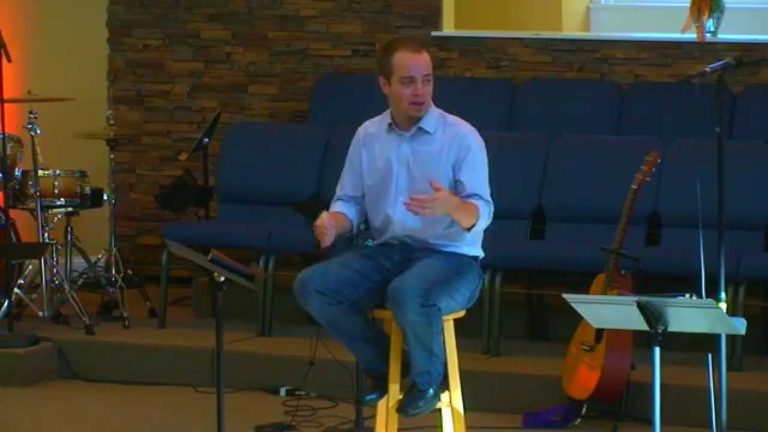One of my classes this semester is entitled, “Music and Worship.” I am trying very hard to be objective about the worship experiences I have had in churches during the past few years, and put them through the filters of effective, Biblical worship that we have examined in class.
During an entire year in college, my friend, Mike, and I traveled to churches around the city each Sunday, including all denominations in our search. There was no specific goal in mind, but we wanted to see the numerous traditions in the city. Aside from a few stylistic elements in each church, all of the “contemporary” and all of the “classic” services looked and felt the same. I guess in the quest to follow the inspiration of God, it is good to know that many are on the same page. However, I have still not seen a worship service where I think I would be drawn into a worshipful experience.
I have never listened to myself lead worship, but perhaps I lead the same way as all of the other contemporary worship leaders. What I have seen in this contemporary worship movement is a move toward fun, happy, joyful, entertaining music. Many times, the contemporary band is comprised of middle-aged adults who struggle to appeal to younger generations. Often, I have seen the music be
Occasionally, I have seen youth worship gatherings that touch on my ideal worship setting, but they are only weekend-long, or week-long experiences. Here are the pieces I see as being necessary:
Organically-created music leadership: the service need not be dominated by an electronic keyboard, electric guitar and synthesized drumset. Make it real, make it authentic. Our worship should be real and authentic, and the instrumention should indicate that. Create a living room environment: So many churches have worked to make the music “comfortable” to non-churched people; or they bring in food, coffee and other creature comforts. Why not make it feel like a living room? [ok, a family room. Living room situations don’t tend to be that comfortable!]. What do I mean by living room setting? Lay out a rug where the worship leader and pastor are standing, turn down the lights and create an environment of closeness. We know we are part of a large gathering because we hear the voices. By turning down the lights, we allow ourselves to be drawn into a closeness with God, yet remain a part of the larger gathering. For me, leaving the lights on gives me a sense that someone is watching me at all times. This also does not mean flashy lights, or a lot of high-impact media. I have some media on my TV, but I don’t have a high-tech light show, and certainly not a disco ball! Use Scripture, traditions of hymns, litanies: I heard a story of a church that tried to be anti-traditional with their new worship service. The traditions of the Church can make a worship experience much richer. Our people, the younger generations especially, are looking for a challenge. A watered-down faith does not challenge them. Raising the bar high, knowing the expectations of living a Christ-like life and understanding what worship has looked like for centuries incorporates that challenge into the worship setting.
I don’t know that the list stops there, but that’s enough for my first outline. Kim and I had a conversation Monday night about our desire for a worship gathering where we connected, and a church family that included people our age. It is incredibly difficult to find, and is made more difficult in that I will inevitably be working in a church after we get married. I trust that we will find a place to be, a place to serve, a place to worship and a place to commune.



